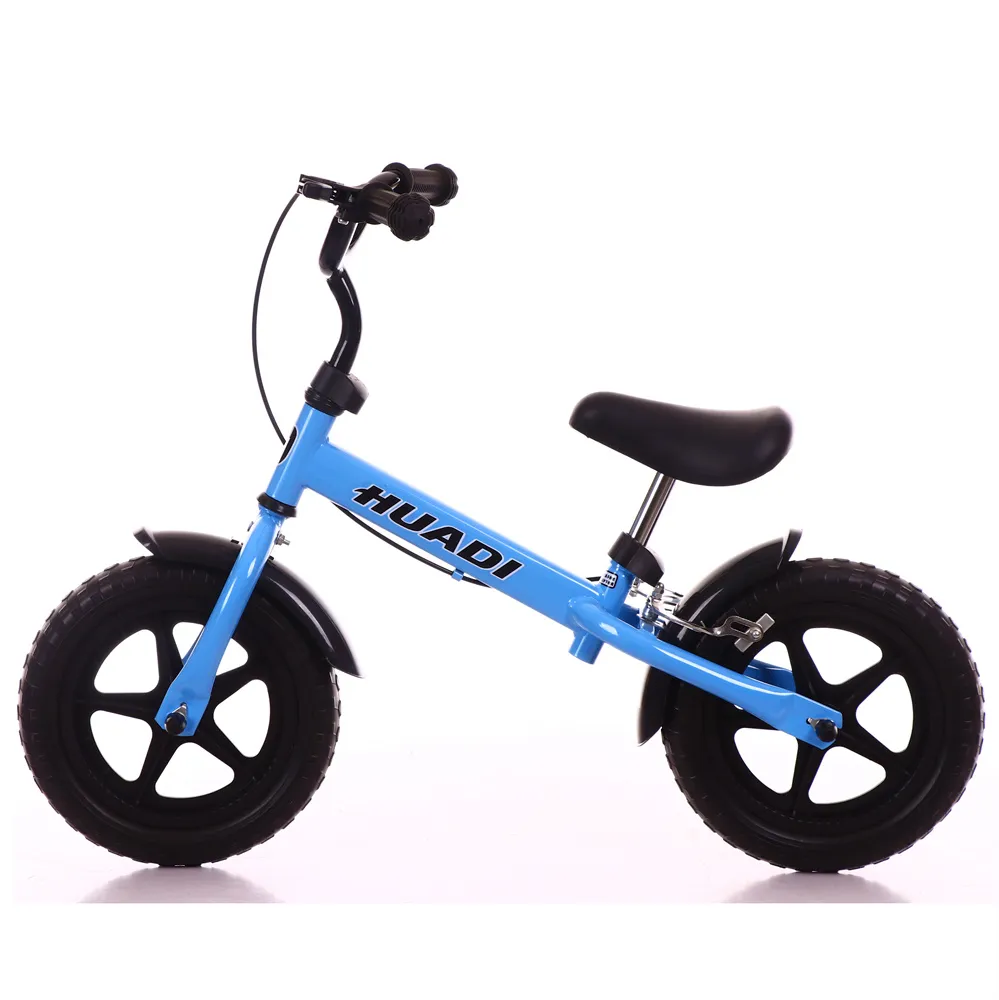how to teach a kid to balance on a bike
How to Teach a Kid to Balance on a Bike
Teaching a child to balance on a bike is a rewarding experience that not only fosters confidence but also instills a love for physical activity. Balance is a critical skill that lays the foundation for successful biking. Here is a structured approach to help your child master this essential biking skill while making the process enjoyable.
Step 1 Choose the Right Bike
Before diving into balance training, ensure your child has the right bike. A bike that is too big or too small can hinder their ability to balance. The child should be able to touch the ground with both feet when seated on the saddle. Additionally, consider using a balance bike, which is a pedal-less bike designed specifically to help children focus on balance without the distraction of pedaling.
Step 2 Safety Gear
Safety first! Equip your child with a properly fitted helmet, knee pads, and elbow pads. This will not only protect them in case of a fall but also provide them with confidence to try new things without fear of injury. Make sure they understand the importance of safety gear even before they start to ride.
Step 3 Find a Suitable Location
Select an open, flat, and safe area for practice, such as a park or a quiet street. Avoid crowded places or areas with obstacles, as these can be intimidating and increase the chance of accidents. A smooth surface allows for easier balance and better control.
Step 4 The Push and Glide Method
To teach balance, start with the push and glide method. Have your child sit on the bike and push off with their feet, gliding forward without pedaling. Encourage them to lift their feet off the ground while gliding to feel the balance. Gradually increase the distance they glide as they gain confidence. You can set small goals, such as gliding for five or ten feet without putting their feet down.
how to teach a kid to balance on a bike

Step 5 Practice Steering
Once your child is comfortable gliding, introduce simple steering exercises. Have them gently steer the bike while gliding in a straight line. Set up cones or markers to guide them through a path. This helps them learn to control the direction of the bike while maintaining balance.
Step 6 Introducing Pedals
After they have mastered gliding and steering, it's time to introduce pedaling. Start by having them place one foot on the pedal while the other remains on the ground. Encourage them to push off with the grounded foot to gain momentum. As they begin pedaling, remind them to keep their eyes forward rather than looking at their feet or the ground.
Step 7 Repetition and Patience
Balance is a skill that takes time to develop. Encourage your child to practice regularly, but also be patient. It's common for children to feel frustrated or want to give up after a fall or two. Celebrate small victories, and remind them that every cyclist has faced challenges along the way.
Step 8 Gradually Reduce Support
As your child gains confidence, reduce the amount of support you provide. Stand back and encourage them to ride alone, but remain close by in case they need assistance. When they feel ready, encourage them to ride with friends, as socializing can motivate them to ride more often.
Conclusion
Teaching a child to balance on a bike is a journey filled with excitement, challenges, and precious moments. By following these steps—selecting the right bike, ensuring safety, practicing in a suitable environment, and encouraging persistence—you can help your child develop the skills necessary to ride confidently. As they learn to balance, you're not just teaching them how to ride; you're also fostering resilience and independence that will serve them well in various aspects of their lives. Enjoy the ride together!
-
Unleash Fun and Safety with Our Premium Kids Scooter CollectionNewsJun.06,2025
-
Safe and Fun Rides with Our Premium Kids Tricycle CollectionNewsJun.06,2025
-
Explore Fun and Safety with Our Top-Quality Kids' BikesNewsJun.06,2025
-
Experience Fun and Safety with Our Premium Swig Car CollectionNewsJun.06,2025
-
Discover Confidence and Safety with Our Premium Kids Balance Bike CollectionNewsJun.06,2025
-
Adventure Awaits with Our Safe and Fun Kids Mini BikesNewsJun.06,2025
-
The Best Childrens Scooters for Fun and SafetyNewsJun.06,2025








